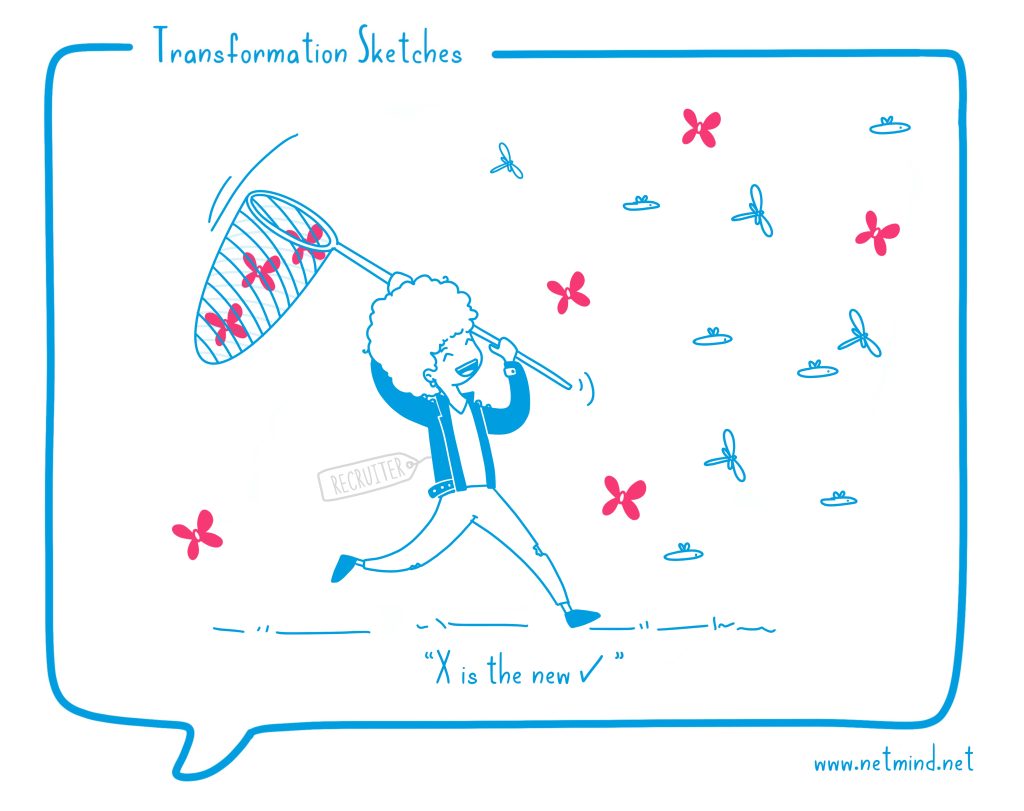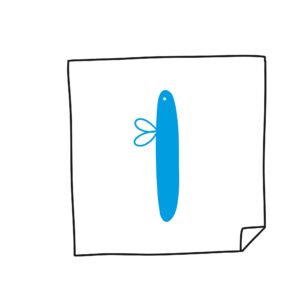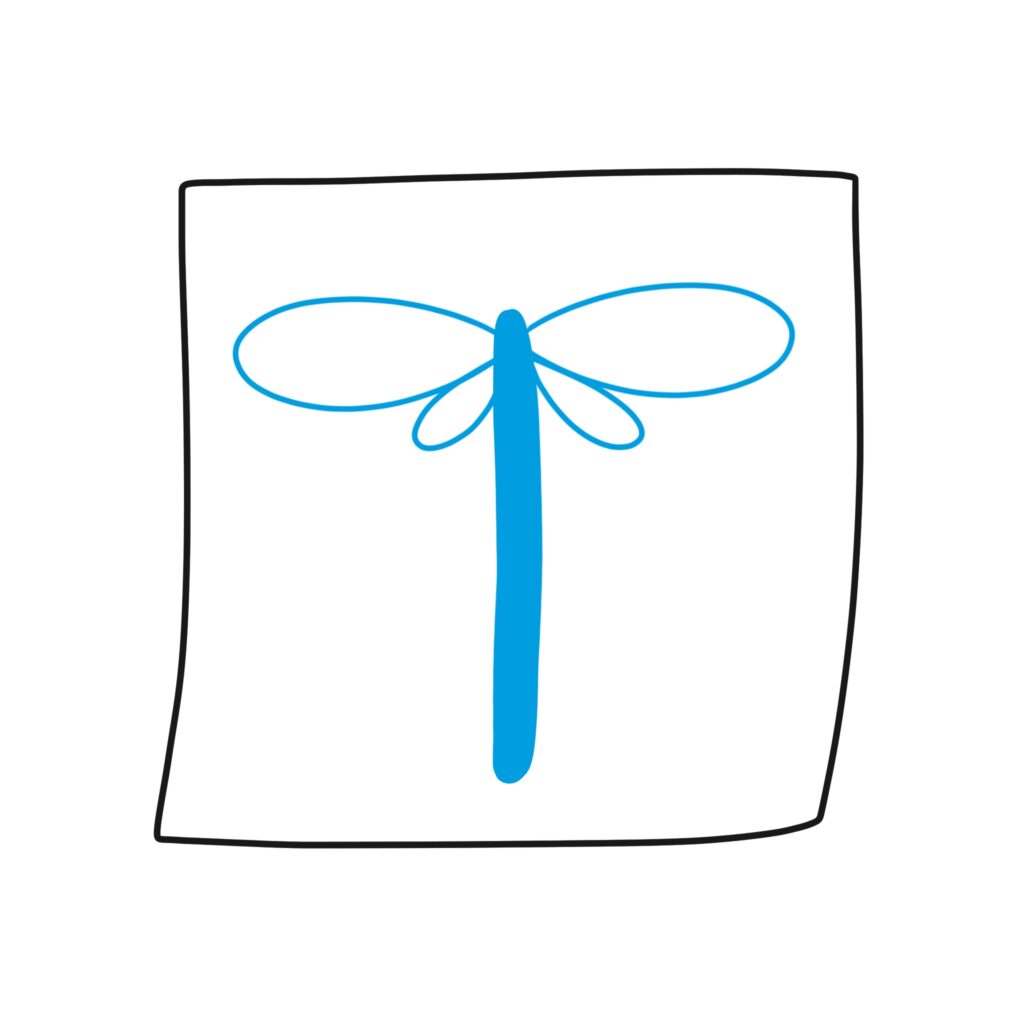- Business Agility
- Transformation Sketch
What new skills will be critical in 2022?-EN
Maria Anes
Compartir
What type of skills are the most sought after in resumes?
As the world of work evolves, HR leaders continue to assess ways to help the organization live in a complex era and adapt quickly.
For 2022, the challenge of building critical skills and competencies is reaffirmed as a priority, according to the latest Gartner® report.
Not only does it show that this priority tops the list for the fourth consecutive year, but it also reveals a joint imperative: “Structure talent strategies around skills, not just roles”.

How are we building skills profiles?
Answering this question involves looking back at the different HR contexts and responses in recent years.
The first temporal reference places us in the 1st Industrial Revolution, where linear thinking and the statement: “Divide the work, produce as much as you can and do it at the lowest possible cost” programmed the way of thinking and acting of the time.
It makes sense that the first skills profiles referenced the tasks of a single division that a candidate/employee could perform successfully. Thus the first skills profile emerged.
I-shaped skills profiles

They have a depth of expertise in a single subject that allows candidates/employees to make a real difference in their roles.
For example, the I-skill profile of a Payroll Technician would be defined by analysis, problem-solving, knowledge of Microsoft Office and payroll tools such as META 4… among others.
This type of profile probably still has a place in many organizations. However, at the end of the 1990s, HR evolved this approach.
Fundamentally because the set of circumstances, then beginning to encompass our world, rejects a cause-effect relationship: stock prices change continuously and constantly, business becomes less predictable, organizations more complex, customer needs more ambiguous, and traditional teamwork models satisfy no one.
Under the broad umbrella of Agile, new techniques, practices, tools and methods are also emerging, driving the emergence of new roles that demand the need to incorporate new skills in the shortest possible time.
As I anticipated, in a search for flexible formulas that adapt to and anticipate the changing needs of the business, there is a commitment to attract, select and develop professionals with T-shaped skills, a metaphor formulated by David Guest in 1991.
T-shaped skills profiles

They have a combination of experience and skills in a single subject. In addition, the breadth of other complementary skills provides them with the ability to collaborate across disciplines with experts in different areas and apply knowledge in areas of specialization other than one’s own.
For example, the T-shaped skills profile of an HR Leader would be defined on the one hand by the deep specialties represented in the vertical part (HR Strategy, Agile HR…etc.) and by the numerous general skills, represented by the horizontal part of the T (Service Design, Organizational Design, Growth Mindset, Data-driven Mindset…etc.).
In an era where one has to offer multiple skill sets simultaneously, is it enough?
A new approach that is constantly changing
New skill profiles have emerged in recent years. However, there is one that I find intriguing both for the vision and for the possibilities and flexibility it brings: the X-shaped skill profiles.
X-shaped skill profiles

They are even more open-ended. They integrate breadth and depth and coexist with diversity, and expand into new domains as needed. The X-shaped individual refers to a person who works in multiple areas.
The term is used, for example, to refer directly to those employees who are excellent at converging in practices such as HR, Design, Innovation, NWoW… etc. They manifest social skills and can work with different people in different industries or areas of a company. They can also bring together very diverse groups (indicated by the cross-section of the X) to collaborate effectively.
As a solution, it is pretty close to the current ecosystem of challenges in which we move: project-based team building, attracting the talent we need for the future of the organization, designing new learning paths to train in strategic competencies, different roles for a person depending on the project… among others.
Final Thoughts
HR leader,
X is the new ✔ to develop critical skills in 2022.
If organizations are demanding more incredible speed in building solutions to develop critical skills and competencies, let’s integrate new skills profiles that, by their nature, are more flexible and adaptive to the current context.
“Alis volat propris – Fly with your wings”.
Agile for HR Course
Training focused on how human resources can be the engine of change in an organization.
View Course